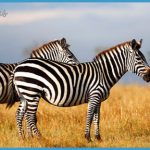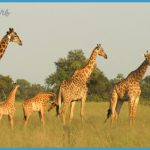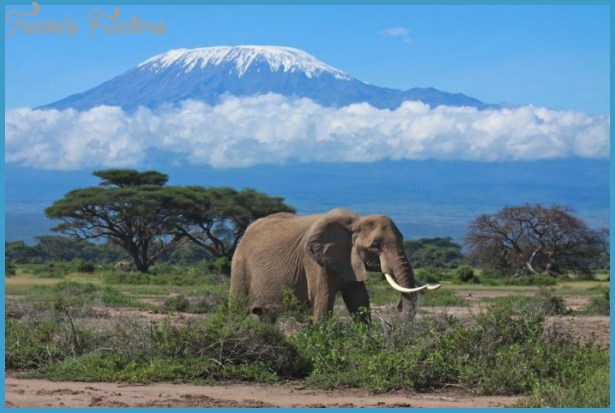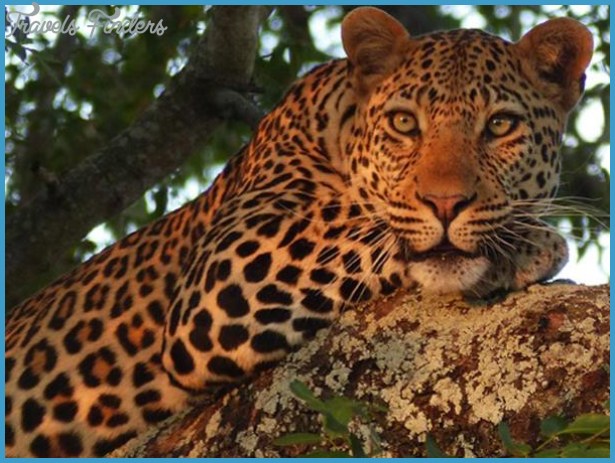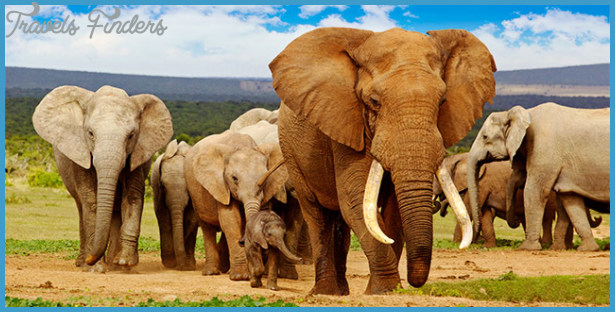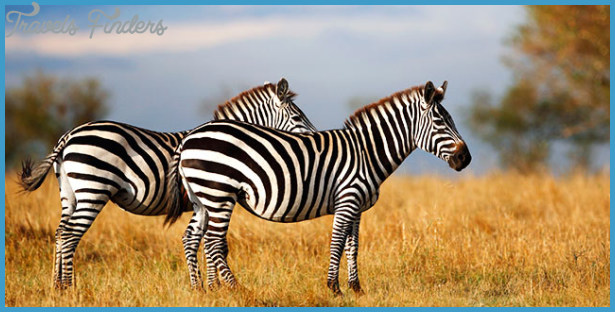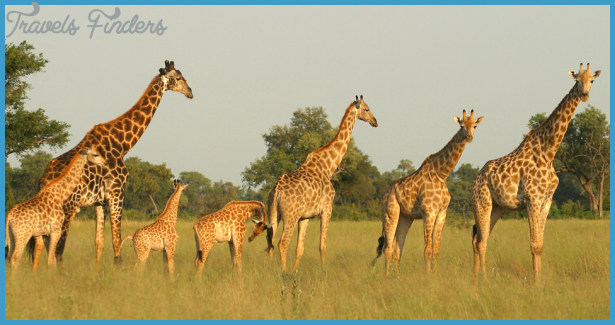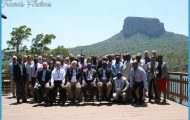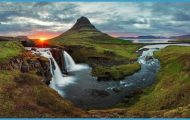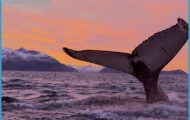A Cruise With a Difference
From a distance they looked like giant bumblebees. And in this part of Africa, I thought perhaps they could be. But as our boat moved closer to the bank of the muddy River Niger, it became obvious that they were something very different.
Bishops. Golden yellow and black, they were a striking sight along the riverbanks. But these were not the colourfully-clad priests of an Eastern Orthodox Church. These were birds. To give them their full name, these were Yellow-crowned Bishops (also known as Golden Bishops) and there were lots of them. They are birds of much of Africa south of the Sahara. No one knows how many there are but, happily, they are a common sight.
Hardly a metre of the reed-palisaded riverbank passed by without a bishop showing off his finery. And the vibrantly coloured males were displaying to their rather dull coloured, brown females somewhere in the reedbeds where they will eventually build their little nests. I say little’ because Golden Bishops are very small birds. At just 10 cm long, they are smaller than Europe’s Blue Tit. But when the males are displaying they make themselves appear larger. With their golden yellow back and rump feathers fluffed right out, they launch themselves vertically with rapid wing-beats a metre or two into the air. They look like woolly spheres and make insectlike buzzing noises at the same time. Then they flutter back down into the reeds. No wonder it’s not impossible, albeit from a distance, to think you might be looking at a giant bumblebee. Along the banks of the sluggish Niger they were both abundant and endlessly entertaining.
At 4,200 km, the Niger River is the third longest in Africa after the Nile and the Congo. Rising in Guinea not much more than 200 km from the West African coast, it flows northeast inland into Mali. East of Timbuktu on the southern edge of the Sahara, it bends to the southeast as if trying to move away from the desert it confronts, flowing across western Niger, into Nigeria and then south, finally entering the Atlantic Ocean through an extensive delta of marshes, reclaimed farmland and forest where controversy has raged for years about the environmental and social impact of oil extraction.
I was travelling by pinasse – a long, canoe-shaped boat with a woven roof, open sides and an outboard motor – from Mopti in central Mali to the once fabled Timbuktu. Powered by a small engine, it would take all 15 of us along the river. We were a group of members of the 153 Club (named after the old Michelin map of Northwest Africa) who had arranged an off-the-beaten-track trip in Mali with guides supplied by the travel company EXPLORE. And part of that trip was along the Niger. It was three (long) days of great adventure, camping out on the riverbanks for two nights en route and early, post-dawn starts to stand a chance of travelling 400 km, propelled by a small outboard motor, in that time.
Africa Wildlife Travel Tours Photo Gallery
Olive-brown water gave way to marsh grass, which stretched as far as we could see on either side of the pinasse though our boat’s pilot kept us to the river channel and away from the muddy shallows. An occasional, elegant, white-headed African Sea Eagle gazed down imperiously from a riverside tree as we glided past. And globes of weaverbird nests dangled precariously from shrubs leaning over the water like lanterns to be lit come nightfall.
Now and again, hovering above the water ready to plunge in to grab a small fish was a black and white chequer-boarded Pied Kingfisher. Chestnut-coloured African Jacanas, long-legged wading birds, walked delicately over the plate-sized leaves and creamy white flowers of water lilies burgeoning in the shallows. And all the while there were nearby flypasts of dragonflies and a more distant plethora of egrets, herons and geese making their way from one area of wetland to another, disturbed perhaps by fishermen or rice farmers.
It all seemed a tad surreal. After all, Mali is one of the most arid countries in the world, at least the northern half of it sanded over by the Sahara. But the Niger River is its lifeblood. And here we were after the rainy season with the river bursting its banks and bringing much needed water to extensive areas of rice fields and marshes further downstream. Good for wildlife and local people. Apart from having an adventure holiday, I was writing a travel feature for The Guardian, a feature about the issues faced by people and wildlife along the Niger, for CNN Traveller magazine, and a briefing piece about WaterAid’s work in Bamako to improve clean water supplies and hygiene standards to lower disease.




